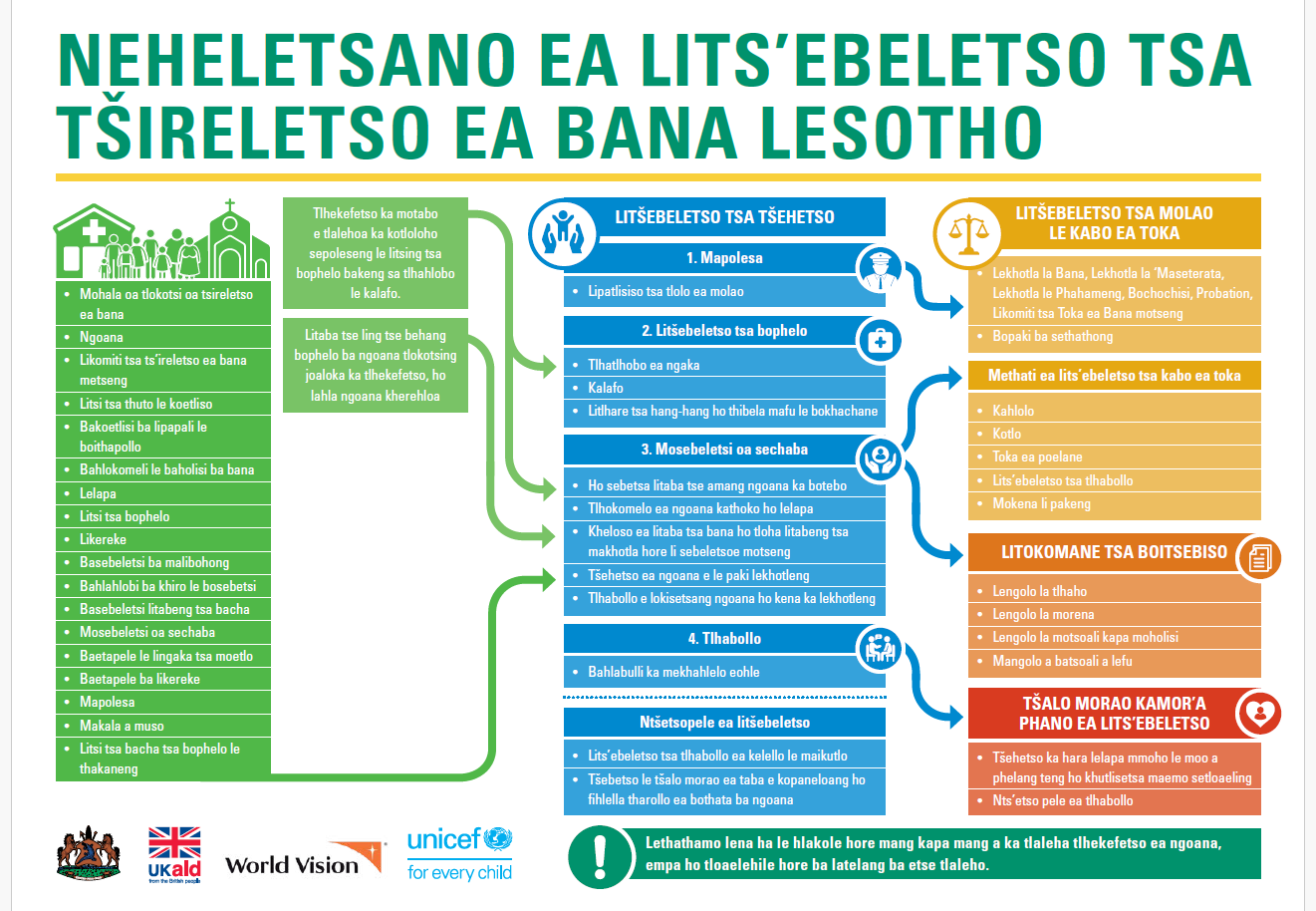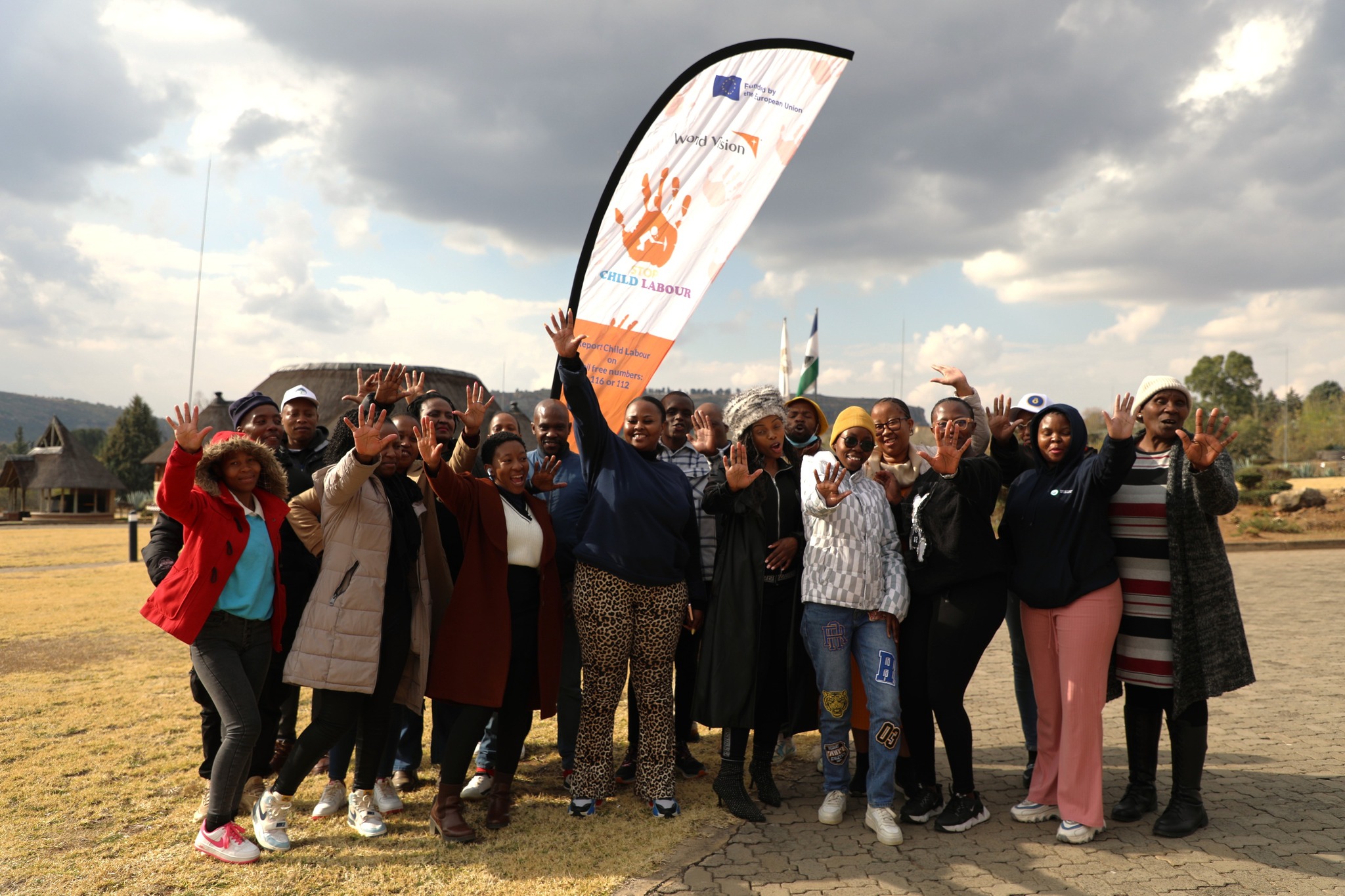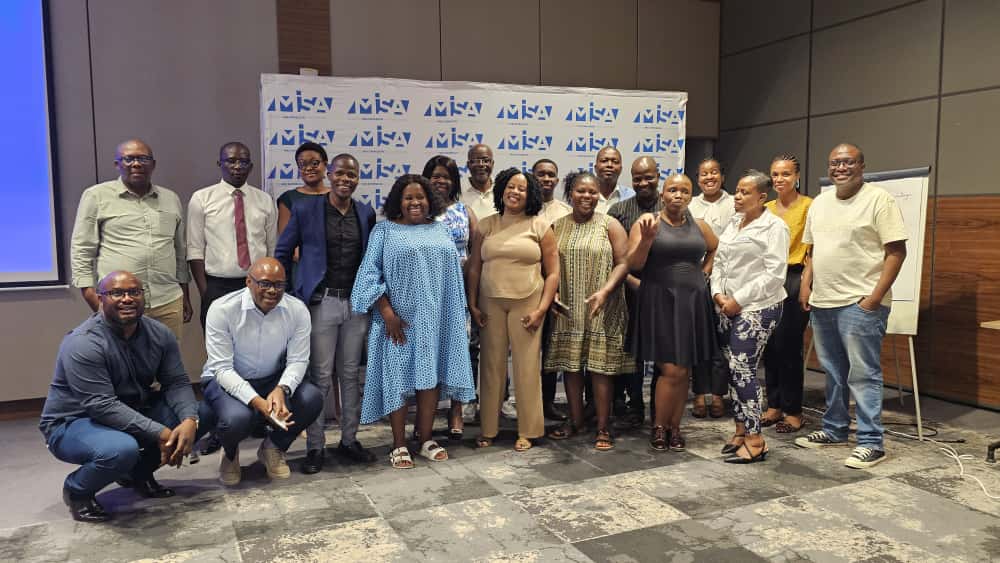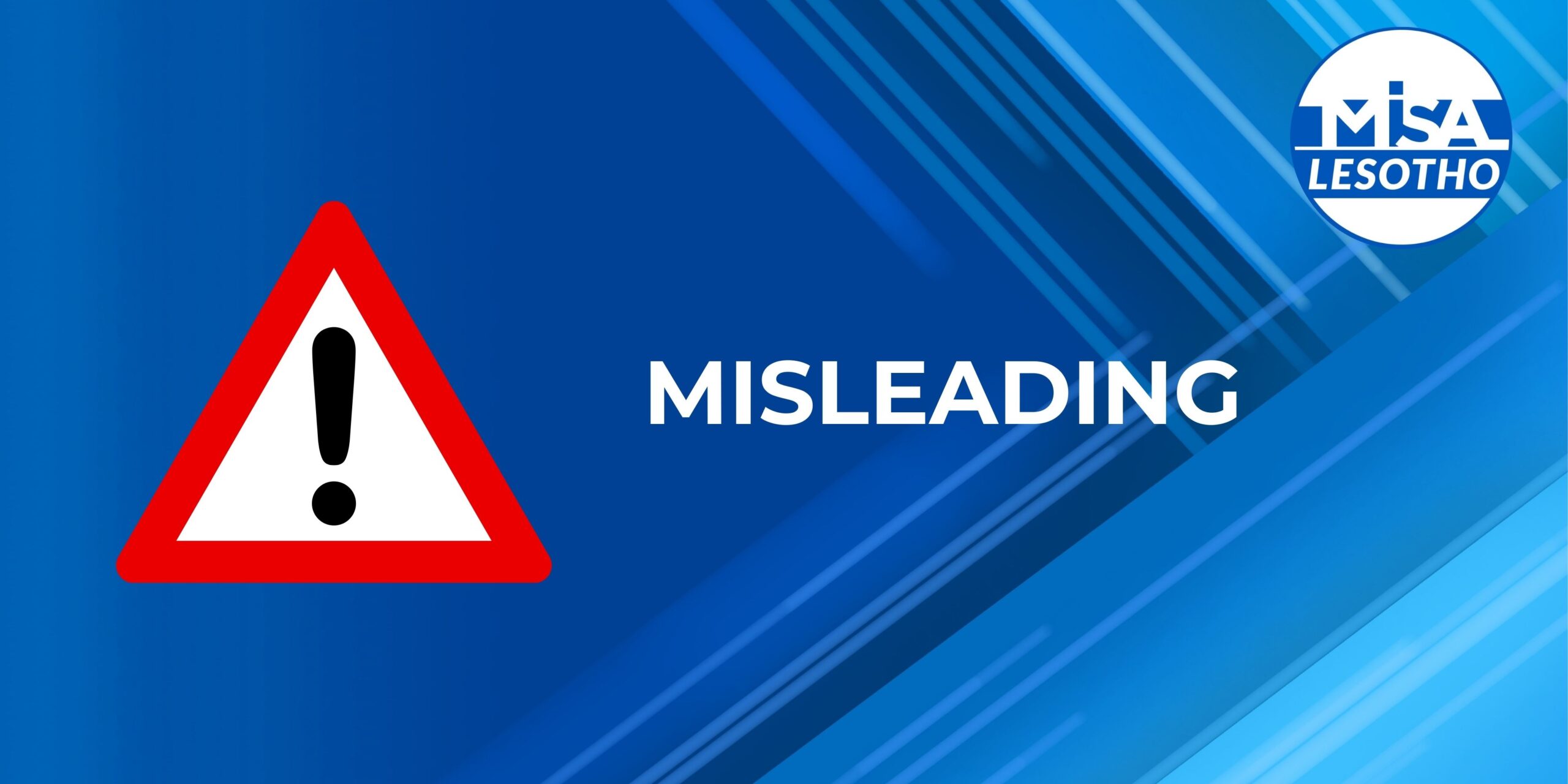By Nicole Tau
MASERU – In a concerted effort to combat the pervasive issue of child exploitation, World Vision Lesotho (WVL), in partnership with the Media Institute of Southern Africa (MISA) Lesotho, concluded a pivotal training workshop for journalists on August 5th, at Thaba-Bosiu. The training aimed to empower media professionals to report effectively and advocate powerfully against child labour, a crisis that, according to WVL’s reporting (2024), affects an estimated 14% of Lesotho’s youth.
The workshop was a key activity under the Accelerating Action for Eliminating Child Labour and Forced Labour (AECFL) project, a two-year initiative funded by the European Union (EU) in collaboration with the Government of Lesotho. The project’s primary goal is to prevent and eliminate child labour, forced labour, and human trafficking by increasing public awareness and strengthening the nation’s legal frameworks.
During the training, World Vision Lesotho officials underscored the media’s vital role as a partner in child protection. Mrs. Mathabang Kose of World Vision Lesotho passionately appealed to journalists to become active agents of change, outlining a three-pillar strategy where media engagement is critical.
“Coming to our Program on Child Protection, these are our three pillars where we expect the media’s support: Prevention, Protection, and Restoration,” she explained.
Mrs. Kose urged the media to proactively raise awareness. “One day, just wake up angry and run a program on the issues that affect children in Lesotho. What are the root causes? The effects? Who should do what? You’d already be doing Prevention,” she challenged. “Writing in a newspaper and addressing these various issues, you’d be helping World Vision Lesotho as a partner.”
She highlighted the media’s role in publicizing the systems designed to keep children safe. “Protection is where we talk about reporting and referral mechanisms. We can raise awareness, but we must also make people aware of the mechanisms in place to protect children.”
For children who have already been victimized, Mrs. Kose detailed the support systems available, including partnerships with the Ministry of Social Development and other NGOs like Trust for Africa in Mohale’s Hoek, which provides psychosocial support when government spaces are full.
“The media also has a role in policy influence for improved service delivery in different sectors,” she concluded, framing journalism as a key tool for systemic change.
The National Child Protection Reporting and Referral Pathways, launched in 2024, provide a clear system for reporting abuse and ensuring coordinated case management.

The National Child Protection Reporting and Referral Pathways
The training featured presenters from various key sectors, emphasizing that eliminating child labour requires a united front.
Advocate Lindiwe Sephomolo KC, Chief Executive Officer at the Association of Lesotho Employers and Business, defined child labour as work that “deprives children of their childhood, their potential and their dignity, and that is harmful to their physical or mental development, including by interfering with their education.”
From the employers’ perspective, she stressed the importance of the “3Hs”:
Hiring: End the practice of hiring children below the minimum age.
Hazards: Eliminate all hazardous work for children.
Hours: Reduce working hours for legally employed adolescents to ensure work does not interfere with their education.
Adv. Sephomolo also issued a stark warning to large companies, particularly those outsourcing agricultural products, apparel, electronics, and minerals, to be vigilant about child labour practices within their supply chains.
Representing the Ministry of Labour and Employment, Ms. Makarabelo Montsi outlined the government’s efforts, which include labour inspections, public sensitization campaigns, and the development of a Sesotho version of guidelines for herders. She cited Lesotho’s legal arsenal, including the Labour Act 2024, the Children’s Protection and Welfare Act 2024, and ratified ILO Conventions on Minimum Age (C138) and Worst Forms of Child Labour (C182). Under Lesotho’s law, a child is anyone under 18, the minimum age for work is 15, and the minimum age for hazardous work is 18.
The AECFL project has ambitious targets, aiming to empower 500 community leaders, reach 6,000 community members with awareness messages, and refer 300 child labour victims for support services, reinforcing the comprehensive nature of the fight to give every child in Lesotho the safe and nurturing childhood they deserve.









